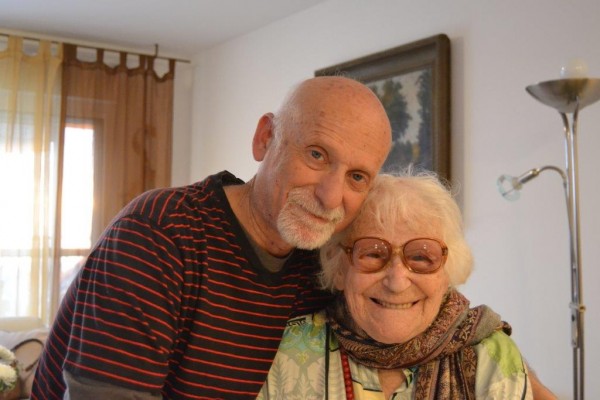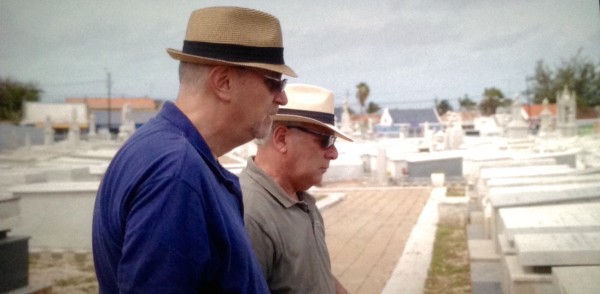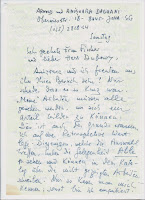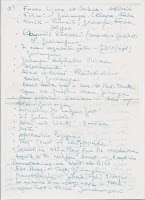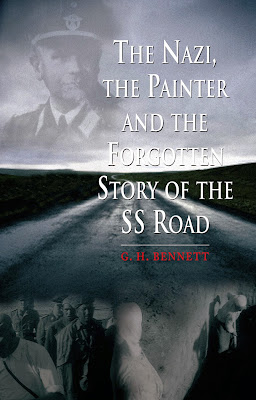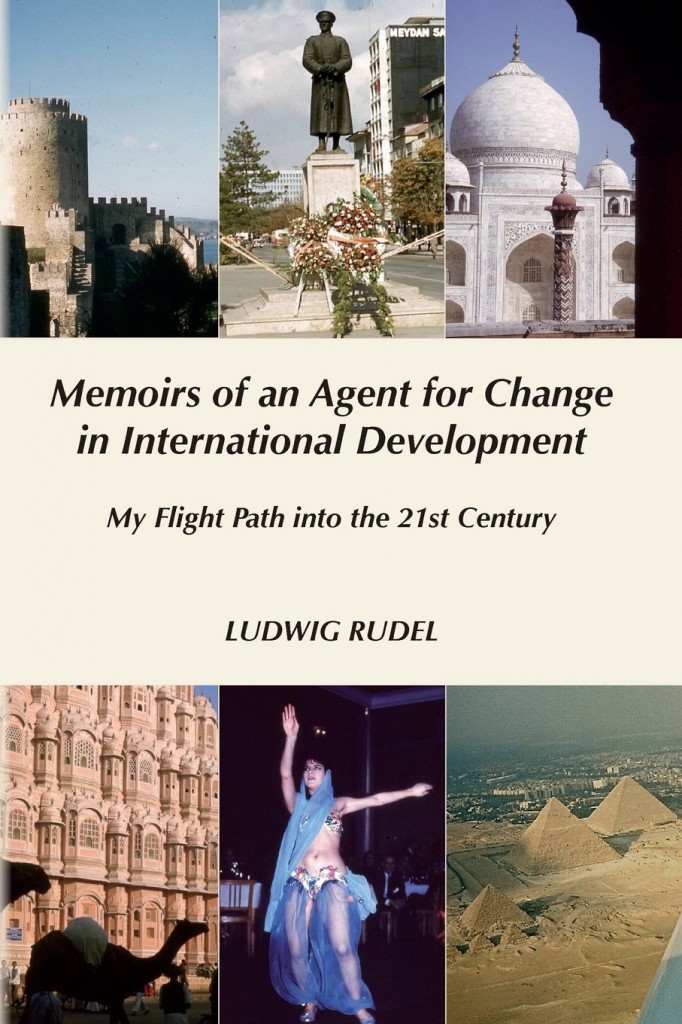

I, Alfred Kittner, was born on November 24, 1906 in Czernowitz. My father, Heinrich Kittner (dead in 1932) was an accountant, my mother, Cecilia Kittner, born Kapralik, died in 1910, when I was barely 3 years old. I attended primary school and high school in Vienna, where my father lived during the First World War, and in Czernowitz. After graduating high school in 1925 and after attending for a year the Sciences Department of the Czernowitz University, I performed my military service as an infantryman in Satu Mare (1928-1929) and then I attended German Studies and German literature courses at Breslau University, where I began my literary career. In 1932, back in Czernowitz, I worked for a year in the accounting department of the Marmorosch-Blank Bank, and in 1933 I started as an editor with the “Der Tag”; (The Day) newspaper in Czernowitz, at which paper I worked as secretary, literary editor, spell-checker, reporter, etc. until 1936, when this newspaper became Czernowitzer Tagblatt. I worked in my former capacity at this newspaper as well, until it was suspended once the Goga-Cuza Cabinet came to power in 1939. This year I also published a volume of poetry. As a publicist, I always fought for the cause of democracy, against obscurantism, and I revealed, among other things, in my articles, the terrorist means and persecution applied by the Czernowitz police against the Communist prisoners. Throughout this time, I have been an occasional collaborator of literary magazines from Viena, Prague, etc.
In 1940-1941, after Northern Bukovina was annexed to the Soviet Russia, I worked as a librarian with the Regional Czernowitz Library, and as a censor of the foreign books, and I collaborated with the Moscow International Literature Magazine. In 1941, I was deported, having been black-listed as a democratic publicist, by the secret police of Gen. Antonescu. With my familyat Bug, after three torturous years in several extermination camps {Cariera pe Bug (Bug Quarry), Cetvertinovca, Demidovca, Obadovca} being freed by the victorious advancement of the Red Army, I returned to Czernowitz, where I restarted my former job at the Library. In the meantime, my brother in law was mobilized as a military medic and a captain in the liberating Polish Army, sent [invitations] for the entire family. This is how I ended up in Poland, from where I returned to my country after my brother in law was released from the military.
In October 1945 I became a librarian with Arlus [Association for closer Ties with the Soviet Union – Asociația Română pentru strângerea Legăturilor cu Uniunea Sovietică] Library, in which capacity I work even to this day, and in January of this year, I began to work as a radio anchor.
[Translation by courtesy of Elena Iuga]
![]()
















